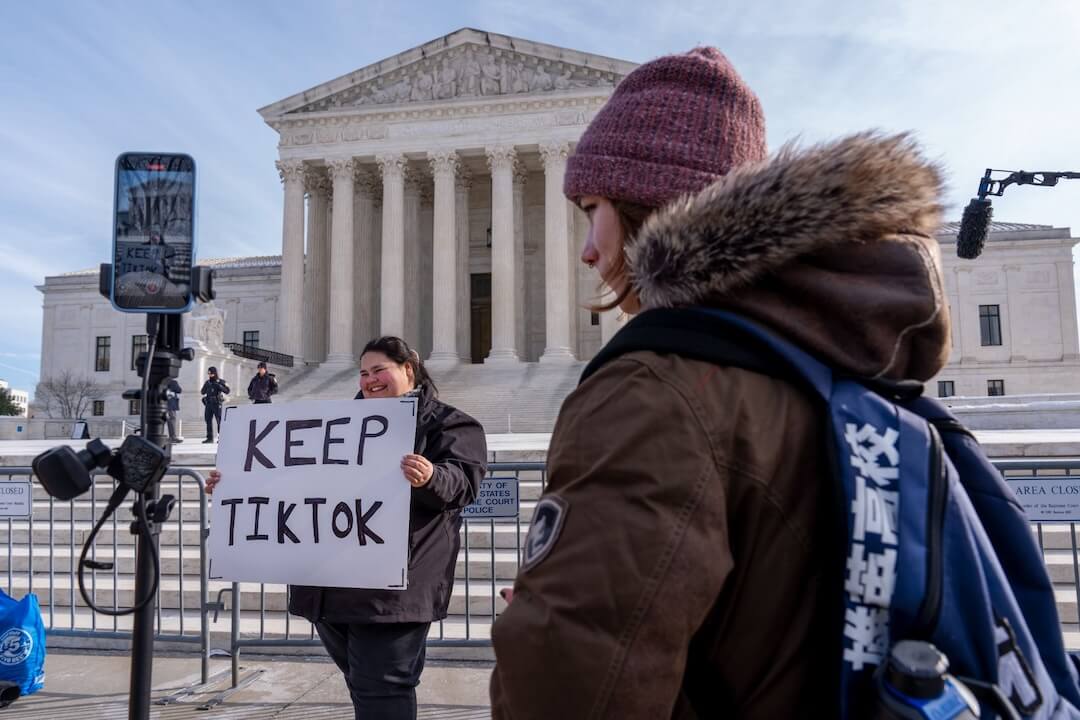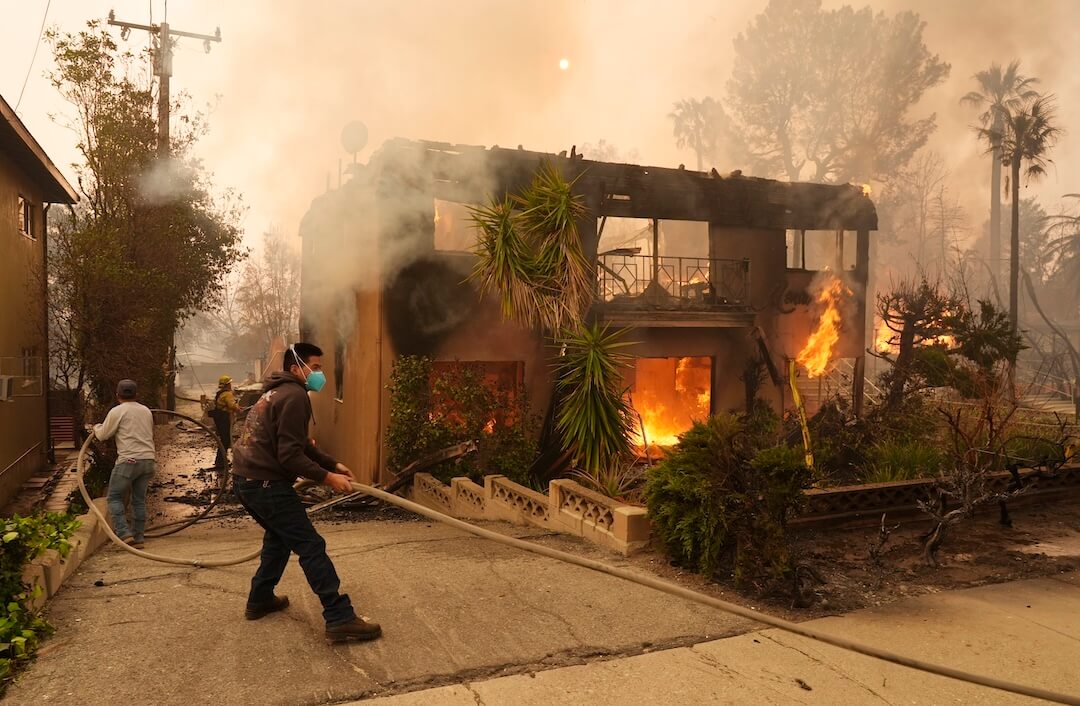When Spokesman-Review staffers meet Wednesday to discuss the paper’s new ethics policy, they won’t be gathering in the newsroom. They’ll be in the public library in downtown Spokane, Wash., fielding feedback from members of the community.
Wednesday’s gathering will mark the last of three meetings The Spokesman-Review has scheduled to hear what the public has to say — good and bad — about the paper’s new ethics policy. The meetings are just one example of what news organizations across the country are doing to help rebuild credibility and trust.
Surveys have told us for years that a growing number of people don’t trust the media. But when you think of this in terms of democratic values, it may not be such bad news after all.
“We
have some critical citizens who are not naively accepting as truth the
news they consume,” said Dr. James Castonguay, associate professor and chair of Sacred Heart
University’s Department of Media Studies and Digital Culture, who helped oversee the university’s recent media reliability study. “Maybe people see
themselves as taking a more responsible and active role in the
democratic process to check sources and be more active consumers of
news.”
The Spokesman-Review has an online feature, “The Transparent Newsroom,” dedicated in part to hearing the needs of critical, active news consumers. The feature includes 10 blogs and a live Webcast of daily newsroom meetings to help the public better understand the work journalists do.
Here are some highlights from The Transparent Newsroom:
1.) Spokesman-Review editor Steven A. Smith’s blog, “News Is a Conversation.” Created in May 2005, the blog was originally run by five to six community members who wrote about their thoughts on the paper’s coverage. After the blog got to be too much of a commitment for the community members, Smith decided to take over.
He posts to the blog just about every day, covering a variety of news and sharing comments he receives about the ethics policy. He recently posted a list of suggestions that The Spokesman-Review‘s editorial page editor Doug Floyd compiled after the paper’s last community meeting:
- When the facts change materially as a story evolves, we should report the ultimate facts as conspicuously as the original.
- Reporters should not be allowed to bully a source into revealing
information, especially when the source is not sophisticated.
- When there is very little new to report in an ongoing story, the paper
should not publish extended stories that are mostly rehashing
background details. One participant felt some of the Larry Craig
coverage was an example.
Other comments are less practical, such as one older reader’s suggestion that the paper decorate its pages with flourishes and filigree and that it replace its photographs with line drawings and lithographs.
2.) Daily Briefings: A blog that lists updates from The Spokesman-Review‘s daily news meetings and provides readers with links to published stories, videos and blogs that were discussed during the previous day’s news meeting.
3.) Ask the Editors: Spokesman editors Steve Smith, Carla Savalli, Gary Graham and Doug Floyd answer readers’ questions about the paper’s operations and editorial decisions. Some recent questions and comments the editors have responded to include, “Where’s your Afghanistan coverage?”, “Can comments with mature content be moved to another page?” and “The Spokesman-Review needs more relevant local coverage.”
4.) News Diary — Managing Editor Gary Graham writes regularly on this blog about issues in the news and the inner-workings of a newsroom.
5.) Live Webcasts of The Spokesman-Review‘s 10 a.m. and 4:30 p.m. meetings. Smith said the morning Webcast news meetings attract about 40 to 50 viewers. The afternoon meetings attract about 10 or more. The meetings are also open to anyone who wants to attend them in person, Smith said.
Smith has been a long-time advocate of the civic journalism of the early ’90s. When managing editor of The Wichita (Kansas) Eagle, Smith and other editors in the newsroom went to churches, malls and recreation centers to talk to readers about public issues. When he was editor of The Gazette in Colorado Springs, Colo., Smith led an effort to invite community groups to the newsroom to critique and audit the paper’s journalism. Similarly, when Smith was editor at The Statesman-Journal in Salem, Ore., the paper held open news meetings that attracted community visitors almost daily.
Smith compares readers’ standards for the paper to the standards the paper holds for governments and other institutions it reports on. At the root of it all is transparency. The goal is not, Smith said, for the public to start controlling the press or the content it produces, but rather to strengthen the relationship between the press and communities it serves.
“Journalists always retain the right to say no. Transparency is not
the same as passivity,” Smith said. “When you’re as open as we are, it’s possible to
engage in a debate with readers in ways that we couldn’t in the past. When people pitch
us an idea it still has to be vetted in all the ways that stories do:
Is it important enough? Does it match up with our values?”
The downside to being so transparent is that the paper opens itself up to criticism from the industry, and it becomes easier for newsroom competitors to see what the paper is up to.
But the positives far outweigh the negatives, says Ryan Pitts, online director at The Spokesman-Review, who helped create the Transparent Newsroom blogs. “We realized that any time you hear from one reader with a question, they probably represent a much larger group that has that exact same question,” Pitts said. “We are really looking at blogs as a way to show that there are actually human faces behind this newsroom.”
People will criticize the paper whether editors know about it or not, so it’s better that editors be aware of the criticism, Pitts said. If it’s good, thoughtful criticism, then the paper will consider making changes. If it’s inaccurate, the paper works to counteract it with the truth.
Similar to The Spokesman-Review, WFTX-TV, a Fox-affiliated station in Cape Coral, Fla., addresses the public’s concerns in its “Viewers’ Bill of Rights” and its “Viewers’ Voice” feature, which gives viewers a chance to discuss their thoughts on the station’s recent coverage of events. In the “Viewers’ Voice” section, WFTX news director Forrest Carr publishes viewers’ concerns — such as one viewer’s belief that Fox 4 has a liberal bias — and responds to them.
In a recent interview with Poynter Online, WFTX’s news director, Forrest Carr, said the station aims to uphold democracy, “giving voice to everyday people, in all their diversity, and helping them to hold the powerful accountable. We state what we stand for. And we hold ourselves accountable to the public.”
At The News & Observer in Raleigh, N.C., members of the community are invited to attend the paper’s page one meetings. The number of people who attend the meetings fluctuates, and sometimes no one attends, but the invitation is always there, says Linda Williams, senior editor for news at The News & Observer.
The paper also hosts a readers’ panel, which the paper’s public editor, Ted Vaden, oversees. The rotating group of readers who make up the panel meet with various editors on a monthly basis to talk about what they do and don’t like about the paper.
“We ask them to give us feedback … and invariably they say ‘I had a completely different idea about what this was about, and I see you don’t have an agenda, and I see you put thought into this,'” Williams said. “People come away with less of a feeling that’s there’s a group of people making random decisions without a philosophy of reader interest behind it.”
Efforts like these help move us toward a better understanding of the story behind the public’s distrust of the media. Journalists and the public still have a lot of work to do, and the polls will continue to tell us this, but we also have a valuable opportunity to reshape the story together in a way that fosters healthy dialogue, transparency and trust.
[How might news organizations help build the trust of the public?]






